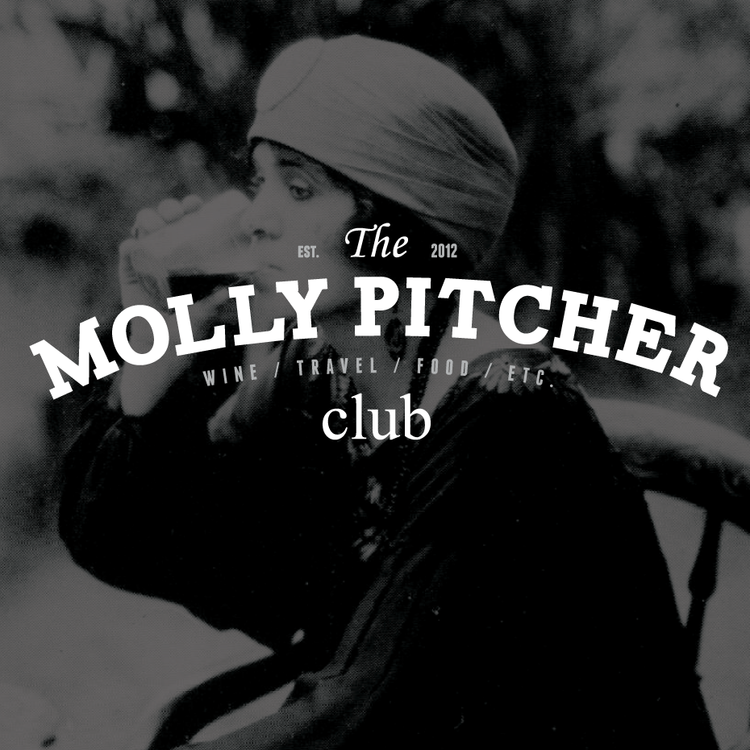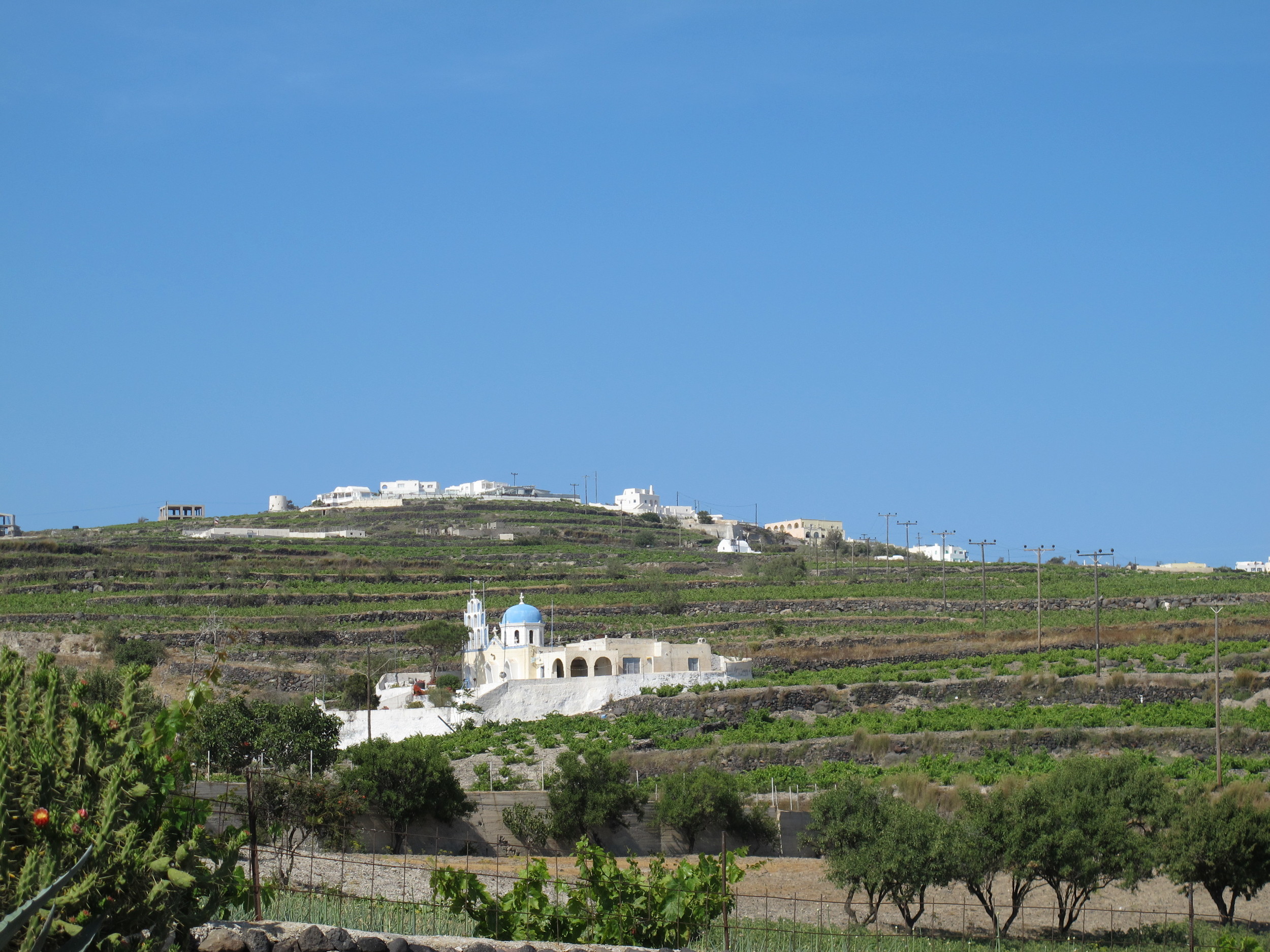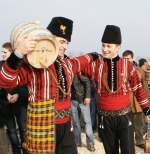When in Brugges! Things to eat edition.
Not going to lie, the train to Brugges was a little bit hectic, in a super embarrassing way.
I consider myself an avid train riding professional. I am not talking, "oh I can get around the New York City subway on a weekend" train rider. I am talking, "I know exactly where I need to stand on the platform to be closest to the exit I want or to make the connection without having to wait" train rider. So when I travel internationally, I have no problem riding the train, I actually prefer it. But when you throw a foreign language in there, I like to give myself extra time. Fast forward to Belgium, I thought it would be smart to buy my ticket to Brugges when I arrived in Belgium (a day ahead) so that I wouldn't have to wait in line the morning of (all good in theory). Turns out despite me buying the ticket from the teller, a full day in advance, and she spoke English, I still ended up with the wrong ticket to Brugges.
Happily, everyone in the Brussels area speaks English well, and the the conductor took pity on me, (so even though I bought a one way ticket) I was able to continue on to Brugges no problem. But shout out to that conductor - you are my hero! And I cheers my super cute cup of espresso to you!
I spent most of my morning enjoying the walk from the train station around the outskirts of town. But as I mentioned in my previous post, I was aiming to make the climb to the top of the bell tower as one of my first activities in town. I highly recommend grabbing a quick snack outside the bell tower before jumping in line - I opted for frites! (Check out that close up below). There are two stands immediately outside the bell tower. Both are excellent. Just make sure you choose your sauce wisely. As a German girl, I opt for frites with mayo. But there are other awesome sauces including a curry ketchup that are just as good!
If you grab the fries and plan to jump in line immediately, be sure to finish the fries before you enter the ticket office. The teller will spot you from across the room and yell at you in front of everyone that "no food is allowed upstairs." Jokes on her, I got my money's worth.
After working up an appetite climbing stairs, I was super excited about eating a real meal in Brugges! I had the Rick Steve's guide in hand, and he had recommended a ton of local beer halls to check out. A place where you can enjoy delicious Belgian beer and local fare. However, most of these places are only open during "lunch hours," say from 11:30-2pm, so if you wait until late in the day to eat, you will miss the boat!
I think I came on the perfect storm of a Monday, that was also a holiday, and waited a bit too long to grab lunch, so sadly most of the places were closed already for lunch and sadly I couldn't come back for dinner. And one location was so hidden I never found it, like Diagon Alley hidden. But if you have the opportunity to eat there - definitely go for it!
When the local favorites are closed, I decided to find what was out there for "beer with a view." I ended up at Develorium Grand Beer Cafe (at this point, my sixth attempt to find a open establishment). While the cafe leaned towards the corporate vibe, you could not beat the view, and the beers were delicious.
Above you can see I ordered the tasting tray with the (from left to right) liefmans fruitesse, maredsous abbaye, and la chouffe. This was actually the first time I had la chouffe, but it is a beer you can find easily in the U.S., so if you are craving a taste of Belgium at home and it's on the list, I highly recommend it.
I closed my day with a tour at Half Moon Brewery. It was excellent! The tour is offered in English and fills up early! So I recommend booking the tour first thing in the day if you arrive in Brugges without a reservation. The tour takes you all over the brewery, you learn a lot of history and actually have an opportunity to view the city from a nice deck!
Even better, your ticket includes a full beer in their bar afterwards - I opted for the blonde. Completely refreshing after a full day of walking.
And with that last sip of Belgian beer, it was time to say good-bye to Brugges and hello Amsterdam, the next leg in my journey. Check back for more fun tips about eating and drinking in Amsterdam coming soon!
Cheers!



























